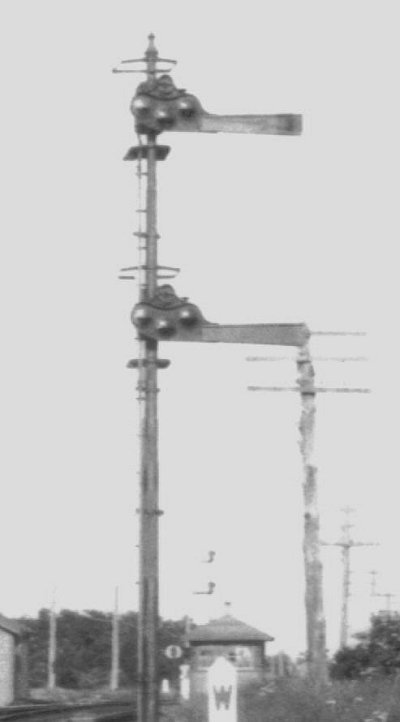<i>The LIRR is moving closer to a "go-no go" type of signal system similar to that in use in parts of Metro North, where a signal aspects conveys no other information other than go or stop.</i>
Isn't the PW line more or less like this, now?
<i>There was some internal debate about the type of signals used in the new 261 area, with the imigrant designers in the Signal Department winning out with color lights only because those in charge of the branch did not take a stand. </i>
Shouldn't they be consulting with the guys who run _the train_ not the branch?
<i> While the Signal Department likes to say parts are not available for position light signals, its simply not the case. </i>
Next time someone there says that, pull out a US&S catalog. They still sell PL stuff, they still offer it for new installations. Lots of places still use it besides the LIRR.
<i>As information, the FRA believes that color light are less apt to be run through.</i>
Love to see the data behind *that* one.
<i> Strange as it may sound, they insist this is the case.</i>
If it's like a lot of the FRA's 'logic', it's probbably based on gut feelings or hand-me-down stories and data. Of course, they could always produce a good study to support this notion, but I strongly suspect one doesn't exist.
<i> I would think the opposite were true, especially in areas with so much "light pollution". </i>
Particularly if the line is alongside a street with traffic lights!
Can you detect color farther away? Probbably. But seeing a blob of colors ahead and not knowing if they're meant for you seems to be rather useless. I know standing on the Mineola platform, I can see the PLs off by NHP clearly, though they can be hard to read if one bulb is brighter than another.
I suspect that there are places where color does better, and places where position does better. In other words, I doubt either type has a distinct advantage. Admittingly human interfaces isn't my strong point.
Anyway, with a go/no go system, you're so close they're probbably both the same in terms of readability, and you're creeping up slowly anyway.
Aren't most color signals these days less of the 'searchlight' variety and more like traffic signals, i.e. they have a wider viewing angle?
